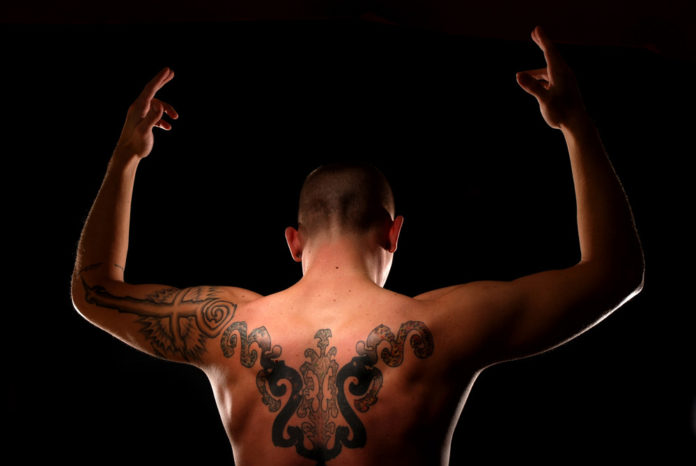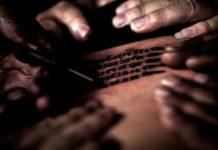Religion can often influence a person when getting a tattoo and religious tattoos are definitely here to stay. People sometimes get them because of deeply rooted emotions, spiritual peace, or mere religious conviction.
Some religions have no specific rules regarding tattoos. However, others forbid their followers from getting any sort of mark on their skin. This can also change depending on tradition or how each religious followers interprets holy texts.
This new article in the series following tattooing, deals with religious tattoos and their implications in Christianity, Judaism, Islam, and Neo-Pagan and Wiccan faiths.
Christianity

Tattooing has (and still is) been subject to multiple interpretations amongst Christians. A line in the Bible says “Ye shall not make any cuttings in your flesh for the dead, nor print any marks upon you. I am the Lord (Leviticus 19:28)”. This verse has been subject to lots of interpretations. Some Christians believe it means tattoos are forbidden for them. However, others believe the line refers to a form of self-mutilation that was common when mourning in ancient times, rather the practice of tattooing itself.
There are other lines in the Bible that some believers think encourage tattoos. These include: “And the Lord said to him, go though the midst of the city, through the midst of Jerusalem, and set a mark upon the foreheads of the men that sigh and that cry for all the abominations that be done in the midst thereof (Ezekiel 9:4)”. In addition to: “One shall say, ‘I am the Lord’s, ‘and another shall use the name of Jacob, and another shall mark his arm ‘of the Lord’ and adopt the name of Israel (Isaiah 44:5)”. The true meaning behind these texts is still pretty much open to debate and interpretation.

Even though there are different views regarding tattoos in Christianity, some religious groups, such as the so-called Knights of St. John of Malta actually tattoo themselves to show devotion. Furthermore, the Christian Croats of Bosnia and Herzegovina, an ethnic group in the aforementioned country, started tattooing themselves and their children in an attempt to protect the community from forced conversion to Islam during the Ottoman occupation of Bosnia and Herzegovina. The tradition of tattooing continued and then started being practiced during celebrations such as the Feast of St. Joseph. Tattoos in the religious group usually consist of crosses on hands, forearms, and the chest. Other examples of Christian groups embracing tattooing include Orthodox Coptic Christian in Egypt, who tattoo crosses on their right wrists or war veterans.
While some Christian groups have embraced tattoos for years, others saw a decline in tattooing when Europeans conquered and tried to convert foreign indigenous people into the religion. This happened because the Western religious groups saw and promoted tribal tattoos such as pagan tradition (a topic also explored in this article).
Judaism
Just as with Christians, some Jewish communities embrace tattoos while other discourage them. Furthermore, other religious sub-groups, such as Reform Jews and Reconstructionists have a neutral view regarding tattoos. When it comes to prohibition and discouragement, one of the same lines mentioned before (Leviticus 19:28) is often used by rabbis to highlight the prohibition of any body modification that does not serve a medical purpose (except for circumcision, which is allowed). The reason behind this is still open to debate. It is said said that the body is a gift from God and is therefore sacred and should not be altered and any body marks show disrespect. However, in most sectors of the Jewish community, having a tattoo does not stop a person from participating in their religious ceremonies. Jewish people with tattoos can be buried in Jewish cemeteries and participate in rituals in synagogues.
A more sensitive view of tattoos is also pointed out by Conservative Jewish communities. This view deals with the following verse: “If it [the tattoo] was done in the flesh of another, the one to whom it was done is blameless (Yoreh De’ah 180:2)”. The verse is thought to mean that tattooing someone is different to getting a tattoo. The former is actually acceptable. Orthodox Jews, however, relate the verse to forcing tattooing during the Holocaust. In fact, in modern times, tattooing in the Jewish community is seen as repugnant by some. This is due to the events of the Holocaust.
Islam
There is no direct mention of religious tattoos or tattooing in the Qu’ran. Those who believe tattoos are forbidden in Islam, usually base their views on Hadiths (a series of recordings focusing on the actions of prophet Muhammad). One of these recordings stated “the Prophet cursed the one who does tattoos and the one who has a tattoo done”. Scholars believe there may be specific religious reasons why tattoos were forbidden. These reasons include that tattooing is a way of body mutilation, which alters Allah’s creations. Also that, since tattoos cover the natural body, they are a type of deception. Another reason might be that tattooing is a common practice amongst non-believers. Therefore, getting tattoos is seen as a way of imitating them.
Interestingly enough, religious scholars who believe tattoos are forbidden usually do not mention henna tattoos are sinful (unless they include offensive imagery). They do not believe those who had tattoos before converting to Islam need to have them removed after their conversion, either.
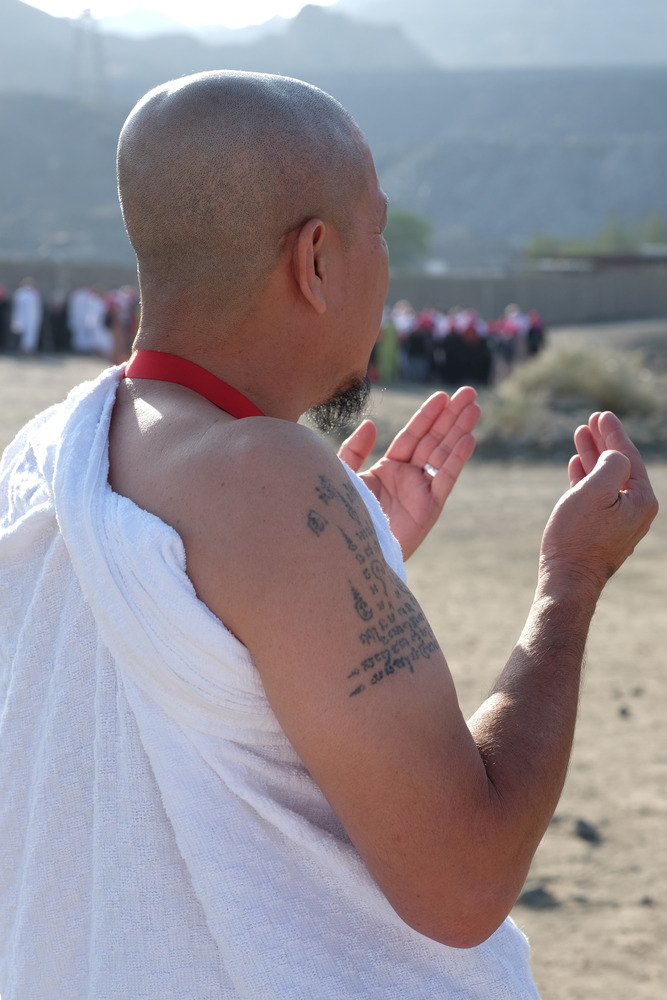
Some other scholars believe tattooing was actually practiced by some Islamic groups. There are even indications that Asma bint Umais, Prophet Muhammad’s companion, had tattoos on her hands. Furthermore, diverse Muslim groups in countries including Syria, Saudi Arabia, and Iran used to practice tattooing. The purposes for doing so included beautification or the prevention of diseases. There are also records dating of the early 20th century, that state women in Persia used to have tattoos that included birds, gazelles or verses of the Koran. Men in the same region reportedly got lions tattooed on the arm if they won wresting matches. In the 1960s it was also recorded that Muslims in Lebanon would get swords tattoos to distinguish each other. On top of this, other scholars have stated tattoos were common amongst Muslim women until last century.
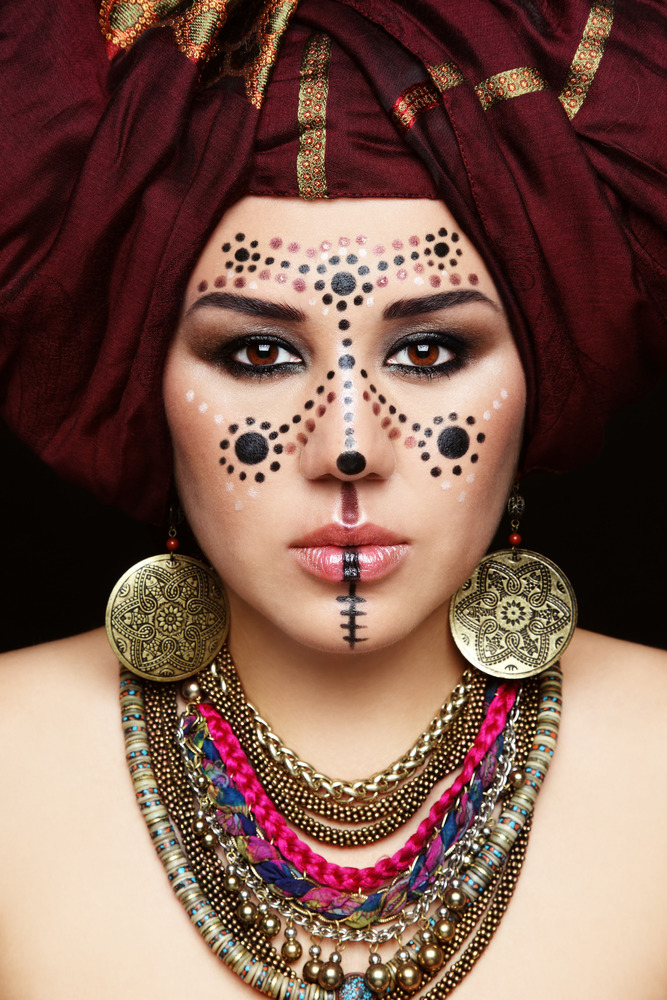
An example of this is the Berber culture. In this tribe, women used to permanently tattoo their faces until Islam arrived in Northern Africa, where the group is located. Ever since, the tribe started using henna tattoos during ceremonies. Henna tattoos replace the symbolism of the tattoo without leaving a permanent mark on the person. These tattoos are usually done on the hands and feet. Facial tattooing, once traditional, is now disappearing. In the past, Berber tattoos used to be placed around openings of the body. These included eyes, nose, and mouth. Tattoos next to body openings were thought to protect the tattooed women from bad spirits.
Tattoos have become popular amongst the Muslim youth. Youngsters in Iran and Turkey often tattoo themselves for fashion or for being part of a sub-culture. Furthermore, it is now more common than ever for the Muslim youth in Western countries to get involved in tattooing. An example of this is Shanzey Afzal, a totally badass, Muslim tattoo artist who started her tattooing career as an apprentice in New York:
A different religious view: Neo-paganism and Wiccan Tattoos
Neo-pagans and Wiccans use tattooing as an expression of their beliefs (there are even Wiccan traditions that entitle tattooing). The former is a group that celebrates ancient polytheistic European movements. The later is a group of people that usually worship nature. They both practice witchcraft or magic to an extent.

The groups have a broad range of symbols that are often used as tattoos. These symbols include the pentagram, a five-pointed star that represents earth, water, air, fire, and spirit; the Triquetra, a symbol often seen in Celtic records, and that puts together three elements which meaning varies depending on the region or tribe; gods, since pagan faith celebrates a large amount of different deities; and celestial symbols such as the moon, which is also commonly related to witchcraft or ancient practices.
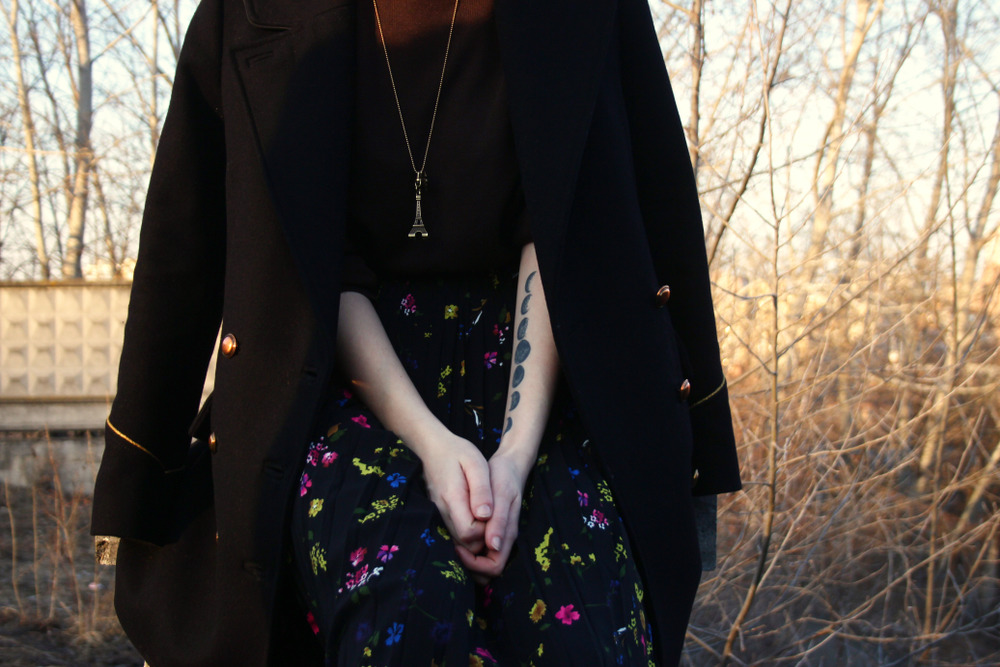
It is a common occurrence that the acceptance of tattoos in different religious hugely depends on the interpretation of Holy texts. This interpretation is often done in either a personal o mesa-societal level, which leads to contrasting, and sometimes even biased views on the art of tattooing.
Furthermore, while it was (and in some cases still is) common practice for different religions to reject any form of body transformation, tattoos seem to have been a part of different societies for years. This more likely will not change anytime soon. Youth in different countries and societal groups seems to have adapted some of these ancient practices. They have fought against discrimination and found a way of preserving their faith through ink.



















